ZOE 2022, Netherlands, Rotterdam
A temporary co-existence between reishi mushrooms and a custom-made robotic system.
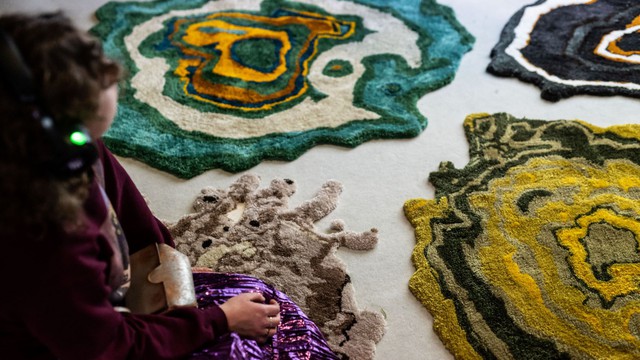

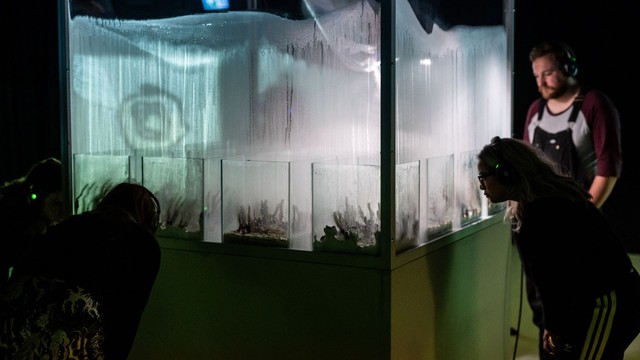
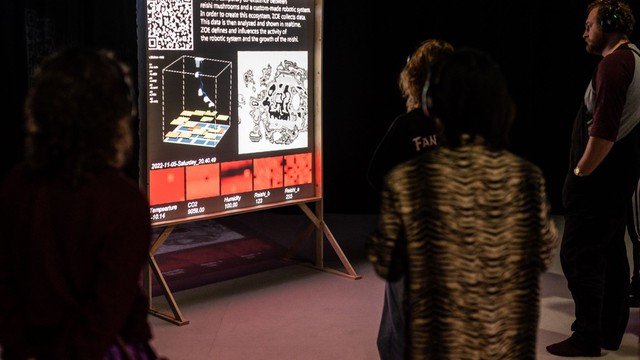
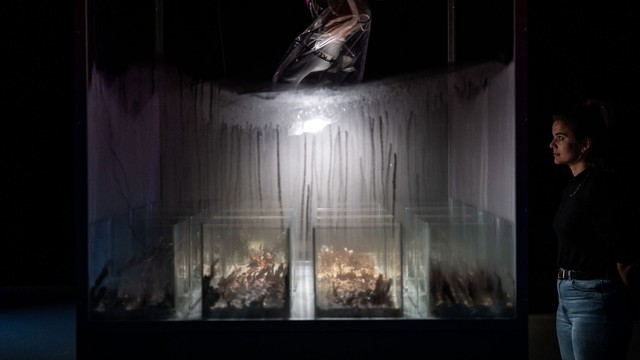
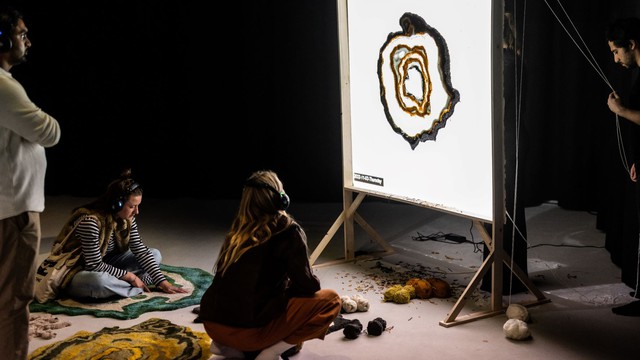
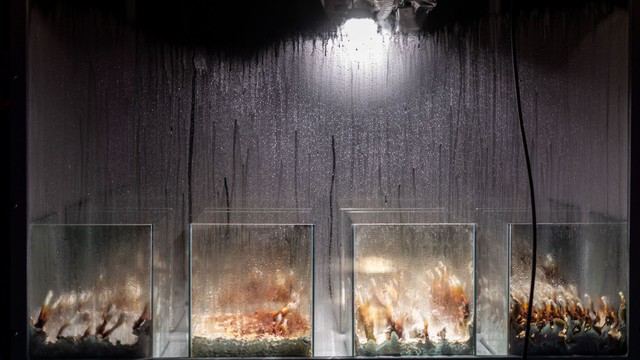
ZOE is a temporary co-existence between reishi mushrooms and a custom-made robotic system. Noor Stenfert Kroese and Amir Bastan explore with ZOE the possibilities of internal communication between a robotic system and reishi. Within this seeming paradox between nature and technology, an ecosystem occurs that cares for and affects each other through sensing technologies.
Our future can not be one where technology is in opposition to or a destruction of the natural environment. Without claiming that we know what nature wants or needs. ZOE creates a possibility of unknowns coming together. It continues onto the research of the interaction and unknown communication within fungal mycelia networks. To this day, scientists do not know what this communication entails. It is the curiosity of what will happen when we do not know the outcome thus, we experience the process. ZOE uses sensors to collect data from the environment as well as the mycelium of the reishi. It also collects visual data with several cameras. It uses this data to create the internal communication between the reishi and the robotic system. The reishi and their behaviour defines what the robotic system does and the robotic system influences the shape of the light-sensitive reishi mushrooms. Over time this influence sculpts the shape of the fruiting bodies of the reishi as a reflection of their ecosystem. The data is used in the space to create a sensory experience to explore this unknown communication: a live stream, real-time data visualisations and a series of data carpets. Finally, the data-carpets are created from the daily collected data from reishi in relation to their environment to see if we could experience any correlation between them. These tactile data visualisations explore the outcome and the unknown communication going on in this temporary co-existence. Are we able to tune in on these different rhythms of all of the parts involved, and what are we in a space that is with, but not about us?
https://www.stenfertkroese.com/ZOE/
Details
Building or project owner : Productiehuis theater Rotterdam
Project artist/ concept/ design/ planning : Noor Stenfert Kroese in collaboration with Amir Bastan
Kinetic engineering : Amir Bastan
Project co-ordination : Emma Boots, Nynke Joustra
Interaction design/ programming : Amir Bastan and Noor Stenfert Kroese
Project sponsor/ support : Produced by Productiehuis Theater Rotterdam ( ACT : Art, Climate & Transition ) in coproduction with Creative Robotics, KUKA, Fashion and Robotics. and Mushroom Research Center Austria.
Descriptions
Facade type and geometry (structure) : Total cube 150x150x320cm 20x glass cubes 30x30x35cm 20 liters reishi mycelium 4x tufting frames 150x150x200cm 144m2 Light grey carpet on the floor (optional) 4 beamers 12 theater led lights + light table (optional) Soundsystem Robotic system 1x KUKA LBR IIWA 7 R800 2x windows computers 2x fans 1x humidifier 1x waterproof dive light 2x ceramic infrared heat lamp 1x SENSIRION SEK-SCD41-Sensor 2x Bio-sensors fungi signals 1x Depth sensor 1x logi webcam full HD 2x HEPA filters Data carpets Tufting fabric Wool Tufting gun Latex Carpet trimmer Tufting tools
Resolution and transmitting behaviour : ZOE collects data through sensors in the environment and the mycelium of the reishi. It also collects data through observation with a camera. ZOE uses this data to create an internal communication between the reishi and the robotic system. The data are also used in the space to sensory experience the activity in ZOE.
Description of showreel : At a distance of 5 meters from each corner is a tufting frame. These frames are used as projection screens for the data visualisations, live stream from the camera on robotic arm, and to tuft the carpets. The visualisation of the robotic arm KUKA LBR IIWA and tiles representing the smaller cubes with reishi. The visualisation of IIWA is in real-time and shows its position. The tiles visualise the data from the comparison of the pictures that are taken every half hour. This visualisation represents the decision-making to which cube, the robotic system gives extra attention. All the data is collected on a daily base as input for the data-carpet visualisations. These data-carpet visualisations work the same as the real-time visualisation of the reishi activity in relation to their environment. These are projected on the tufting frames and we tuft carpets from them during the exhibition.
Participatory architecture & urban interaction
Host organization : Productiehuis theater Rotterdam
Tools developed : Custom-made robotic system
Tools used : VVVV gamma Bunraku KUKA prc Arduino
Mediacredits
Bart Grietens
Bart Grietens
Bart Grietens
Bart Grietens
Bart Grietens
Bart Grietens
Bart Grietens
Noor Stenfert Kroese and Huub Laurens
Noor Stenfert Kroese and Amir Bastan